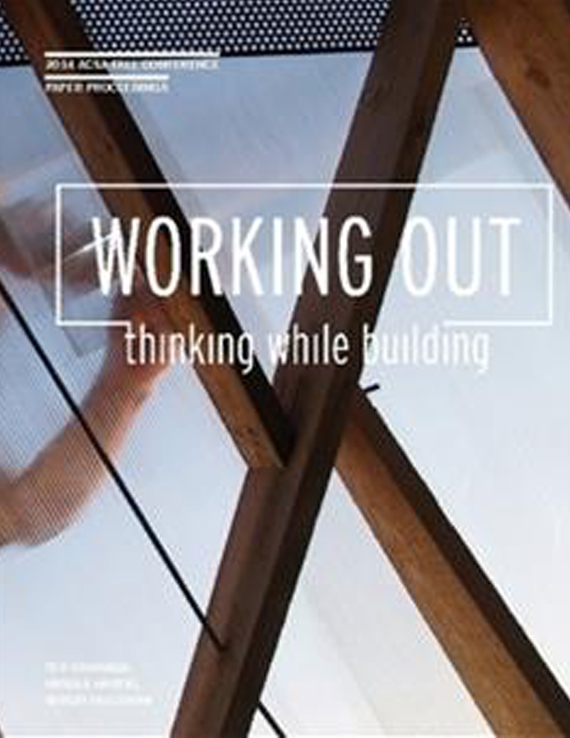Author(s): Larry Brown & Sinead Mac Namara
This paper describes, analyzes and assesses a student-initiated design build project: a classroom and outdoor learning environment for a preschool that provides an inclusive education to children with traditional and special needs. Play Perch, an award-winning 250-sf building, was realized outside the normative studio sequence by a collaborative team of students and volunteers from architecture, engineering, industrial design, and sculpture.The authors, a structural engineer and licensed architect who served as faculty advisors on the project, assert that community-service design build has a long and storied history in architecture education and presents an opportunity to ignite debate about design both outside and inside the profession. Who is entitled to good design? Do children need good design? Does design for the physically disabled only need to meet minimum legal standards? What does design for those with non-physical challenges look like? How does the architecture profession protect its professional boundaries while also educating its consumer about the value of design? Small-scale structures such as the one described in this study are an arena in which the architect has ceded much ground to the contractor, the interior designer, and the HGTV aficionado. This paper presents a design build project undertaken at a prominent university in the Northeast as a student-faculty collaboration structured as an independent study course. The project started out as a $4000 tree-house on the existing nature trail of a school internationally renowned for a curriculum that integrates education for students with a range of abilities and challenges, both physical and mental. Over the course of a single academic year, the project grew to a $40,000 multi-phase installation incorporating landscape, architectural and interior design. The project represented an opportunity for our students to think about the issues outlined above and present their own response. The teaching, evaluation and assessment of this course and project represents an opportunity for educators to think about the role of both design build and service learning in architecture education and to draw conclusions about how best to deploy both to maximum effect. The nature of the project and the expertise of the faculty in question were such that the project also required comprehensive resolution of technology and structure in the design process, and as such can be further seen as an experiment in the integration of building technology and structures into the design pedagogy. This paper presents a description of the collaborative course that was developed between the students and faculty to capitalize on the opportunity that was presented. The design process, the budgeting sequence and the curricular implications (given the success of the project and the student demand for future collaborations) are also presented.
Volume Editors
Sergio Palleroni, Ted Cavanagh & Ursula Hartig
ISBN
978-0-935502-94-7

 Study Architecture
Study Architecture  ProPEL
ProPEL 
